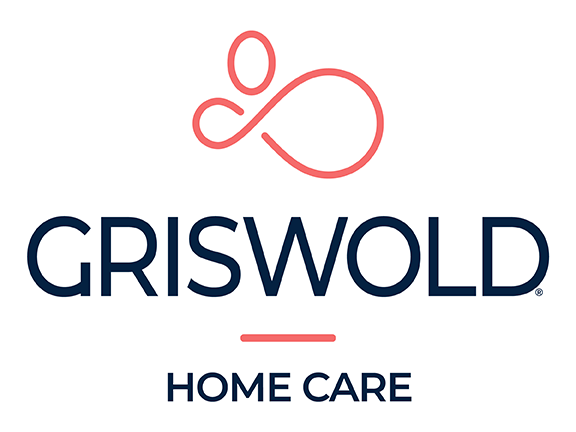You want your elderly loved one to live a meaningful and independent life. And you especially don’t want something like a trip-and-fall to take this away from them. Even if the fall doesn’t cause a physical injury, your loved one’s confidence in his or her ability to live independently will likely suffer. So this week on the Griswold Blog, we’re going to give you the three risk factors for falling and the preventative tips to mitigate those risks.
 But first, why is “fall awareness” so crucial? One out of three adults aged 65 and older falls each year, but the unfortunate fact is that less than half tell their healthcare providers about it or seek information to prevent future falls. Make sure your loved one doesn’t fall into this category.
But first, why is “fall awareness” so crucial? One out of three adults aged 65 and older falls each year, but the unfortunate fact is that less than half tell their healthcare providers about it or seek information to prevent future falls. Make sure your loved one doesn’t fall into this category.
OSTEOPOROSIS
The first risk factor for falling is osteoporosis, a condition caused by calcium and vitamin D deficiency, hormonal changes and a decrease in physical activity. The bones of someone with osteoporosis are more porous, and therefore less resistant to stress and more prone to fractures.
Note: There is some debate over whether brittle bones break as a result of the fall, or if the break is what causes the fall. Regardless, the decrease in bone density and strength directly contributes to falls and their resulting injuries.
PREVENTATIVE MEASURES
Make sure your loved one eats or drinks enough calcium. This is especially important for women, who need 1,500mg a day post-menopause. Foods high in calcium include:
■Dairy, like milk, yogurt and cheese
■Fish and shellfish
■Certain vegetables, like broccoli, collards and turnip greens
■Protein sources like soybeans, tofu and almonds.
It’s also important that your loved one get sufficient vitamin D to promote the absorption of calcium. Most older adults need a supplement because ample exposure to natural sunlight, which causes the body to naturally form vitamin D, may not be an option.
Physical wellness — which we talked about in our last blog series — is also crucial to mitigate the weakening of older bones and prevent loss of muscle tone, balance and flexibility. Encourage your loved one to engage in light weight lifting and other non-strenuous movement, if possible. Just 15 minutes per day of physical activity — like walking, swimming or even just stretching — is enough.
http://blog.griswoldhomecare.com/
